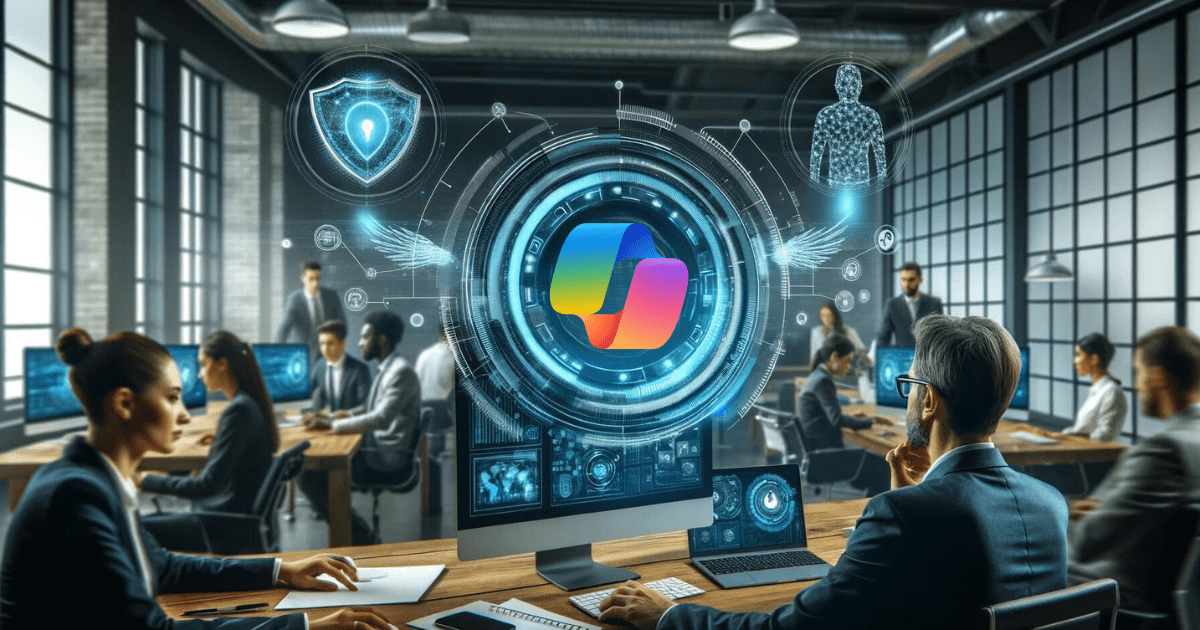Artificial Intelligence (AI) is everywhere these days. From chatbots answering customer questions to smart tools that predict business trends, AI promises to make work faster and easier. Yet, despite all the hype, many companies are still struggling to get their teams to actually use AI.
Recent research reveals a surprising truth about the gap between AI investment and actual adoption in the workplace.
The Numbers Don’t Lie
The statistics paint a clear picture of the AI adoption challenge:
- 79% of businesses say AI is important when choosing new software, yet many still struggle with implementation¹
- 62% of employees need more than a month to become comfortable with new AI tools²
- One-third of companies cite lack of employee awareness as their biggest barrier to AI success³
- Only 15% of executives feel highly confident about AI security measures⁴
Even more telling: despite heavy investment in AI technology, many companies are seeing slower adoption than expected. This isn’t because the technology doesn’t work – it’s because people resist change.
Why Employees Push Back
Understanding why workers resist AI is the first step to solving the problem. Here are the main reasons:
Fear of Job Loss Many employees worry that AI will replace them. This fear creates natural resistance, even when AI is designed to help, not replace human workers.
Lack of Training Companies often buy AI tools without teaching people how to use them properly. When employees don’t understand the benefits, they stick to familiar methods.
Change Fatigue Many organizations have introduced multiple new technologies recently. Employees may feel overwhelmed by constant changes to their workflow.
Trust Issues Some workers don’t trust AI to make important decisions. They prefer human judgment, especially for complex tasks.
The Real Cost of Poor AI Adoption
When employees don’t embrace AI, companies miss out on significant benefits:
- Reduced Productivity: AI tools that could save hours each week sit unused
- Wasted Investment: Money spent on AI software provides no return
- Competitive Disadvantage: Companies using AI effectively pull ahead
- Employee Frustration: Workers struggle with outdated, time-consuming processes
One company that successfully addressed these challenges saw remarkable results. Super.com grew to over $200 million in annual revenue with only 200 employees by empowering non-technical workers to use AI tools effectively⁵.
Practical Solutions That Work
Based on successful AI implementations, here are proven strategies to increase adoption:
1. Start Small and Show Value
Don’t try to implement AI everywhere at once. Pick one simple problem AI can solve immediately. For example, start with a chatbot for frequently asked questions. When employees see quick wins, they become more open to trying other AI tools.
2. Invest in Easy-to-Use Tools
Choose AI solutions that require minimal training. If a tool takes more than 10 minutes to learn, most employees won’t adopt it. Look for AI features built into software your team already uses.
3. Create Cross-Department Learning
Set up monthly meetings where different departments share their AI successes. When marketing shows how AI helped them create better campaigns, other teams get inspired to try similar approaches.
4. Provide Ongoing Support
Don’t just train people once and walk away. Offer continuous support through:
- One-on-one coaching sessions
- Internal help resources
- Regular check-ins to address concerns
5. Celebrate Early Adopters
When someone successfully uses AI to improve their work, share their story company-wide. Recognition motivates others to experiment with AI tools.
6. Address Security Concerns Directly
Be transparent about how AI protects company data. Explain security measures and create clear guidelines for safe AI use. This builds trust and reduces resistance.
Building an AI-Ready Culture
Successful AI adoption requires changing company culture, not just installing new software. Here’s how:
Lead by Example When managers and executives use AI tools themselves, employees feel more comfortable trying them.
Focus on Collaboration Frame AI as a helper that makes human work better, not as a replacement for people.
Encourage Experimentation Create a safe environment where employees can try AI tools without fear of making mistakes.
Measure What Matters Track how AI improves actual work outcomes, not just how many people log into AI systems.
The Road Ahead
Companies that successfully adopt AI share common traits. They invest in their people, choose user-friendly tools, and create supportive environments for change. Most importantly, they understand that AI adoption is about people, not just technology.
The businesses winning with AI aren’t necessarily the ones with the most advanced technology. They’re the ones that make AI accessible and valuable to their entire workforce.
As one successful company leader noted: “You can’t deploy AI first and train later. The key is to cultivate an AI-fluent workforce from the beginning”⁶.
Taking the Next Step
If your company is struggling with AI adoption, start by listening to your employees. Understand their concerns, provide proper training, and choose tools that solve real problems. Remember, the goal isn’t just to use AI – it’s to make AI work for your business and your people.
With the right approach, your company can join the growing number of organizations seeing real results from AI. The technology is ready. The question is: are you ready to help your team embrace it?
